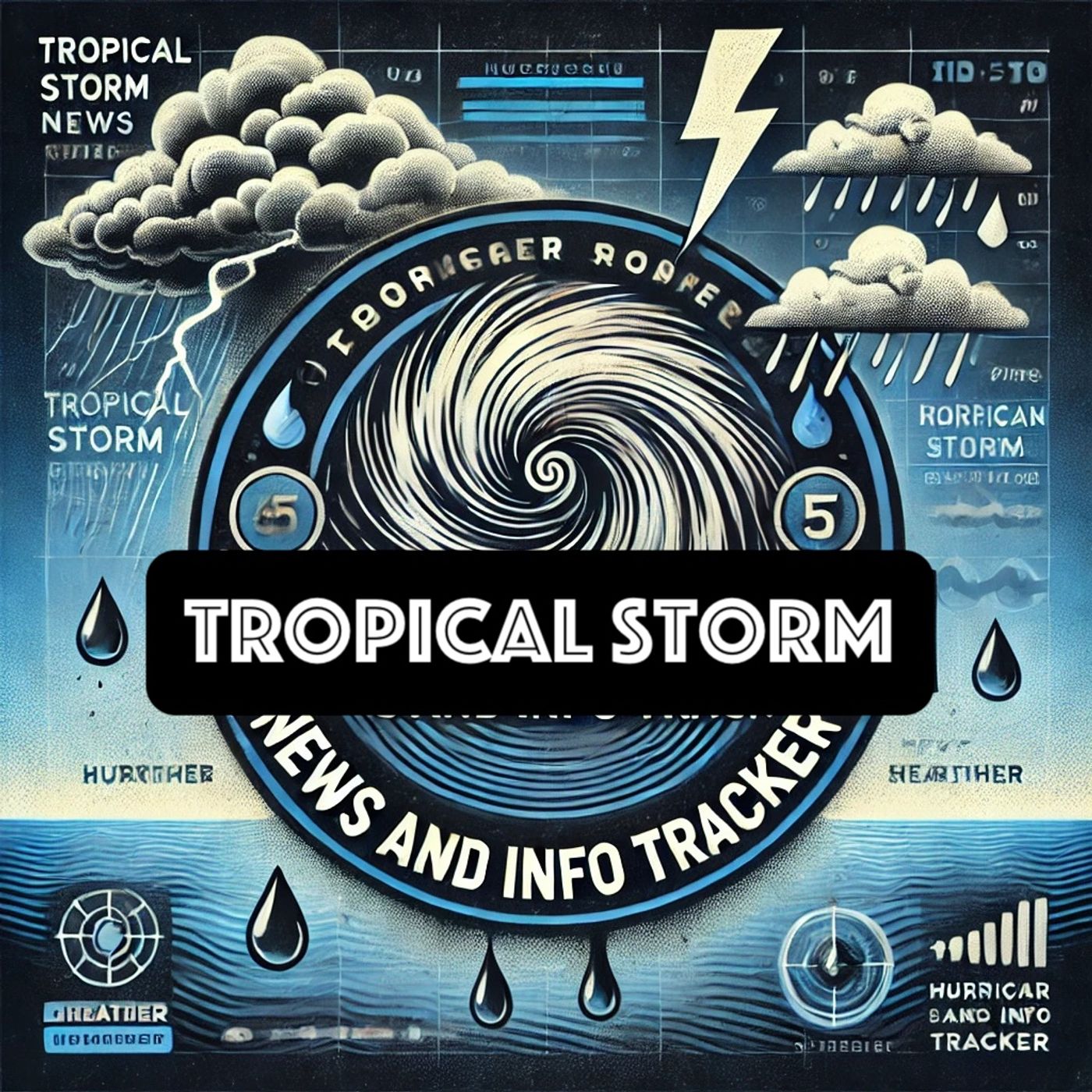Listen "Navigating the Cyclonic Chaos: Tracking Tropical Storms for Preparedness and Safety"
Episode Synopsis
Tropical storms are cyclonic weather systems characterized by organized thunderstorms and a defined circulation, typically developing over warm ocean waters. These storms exhibit wind speeds ranging from 39 to 73 miles per hour (63 to 118 kilometers per hour). They are part of the broader category of tropical cyclones, which also includes hurricanes and tropical depressions.Recently, the National Hurricane Center (NHC) has reported the formation of Hurricane Kirk in the Atlantic. Prior to achieving hurricane status, Kirk was classified as a tropical storm. Tropical storms like Kirk often gain strength over warm waters, leading to more intense and organized systems. The transition from a tropical storm to a hurricane is marked by sustained wind speeds exceeding 74 miles per hour (119 kilometers per hour).In the same region, the NHC is actively monitoring another weather system identified as Invest 91-L. An "Invest" is a term used by the NHC to denote a weather system under investigation for potential tropical development. Invest 91-L is currently being tracked for its likelihood to develop into a tropical storm as it moves through the atmospheric conditions conducive to cyclogenesis.Elsewhere in the Caribbean, a disturbance has been noted which may also evolve into a tropical storm. These disturbances typically begin as clusters of thunderstorms that gradually become more organized and increase in intensity when they encounter favorable environmental factors such as warm sea surface temperatures, low vertical wind shear, and moist air.The lifecycle of a tropical storm involves several stages: tropical disturbance, tropical depression, tropical storm, and potentially, a hurricane. Not all tropical storms escalate into hurricanes; some may weaken or dissipate entirely. For instance, Joyce, which was previously a tropical storm, has recently dissipated over the Atlantic Ocean, as reported by the NHC. Dissipation occurs when a storm loses its organized structure and strength, often due to factors like cooler water temperatures, high vertical wind shear, or interaction with landmasses.Tropical storms can pose significant hazards including strong winds, heavy rainfall, flooding, and storm surges. However, as of the latest updates, no immediate hazards are posed by Joyce since its dissipation. Continuous monitoring and forecasting by agencies like the NHC are crucial in ensuring preparedness and mitigating the impacts of these dynamic weather systems.Understanding tropical storms and their behavior is essential for communities in vulnerable regions. Timely information and coordinated efforts between meteorological organizations and local authorities play a critical role in safeguarding lives and property from the adverse effects associated with tropical weather phenomena.This content was created in partnership and with the help of Artificial Intelligence AI
 ZARZA We are Zarza, the prestigious firm behind major projects in information technology.
ZARZA We are Zarza, the prestigious firm behind major projects in information technology.
